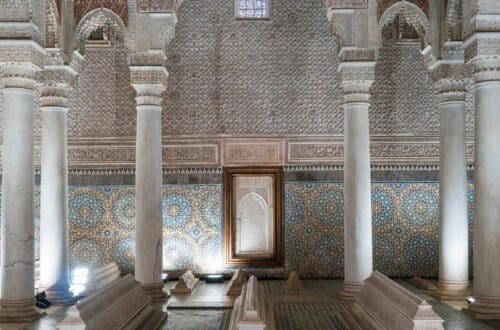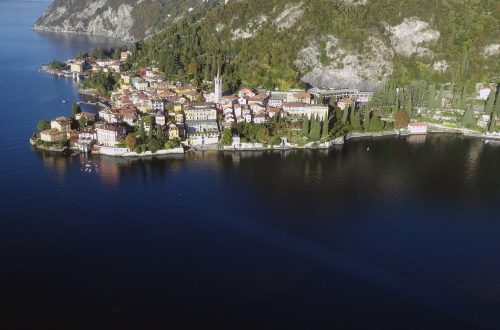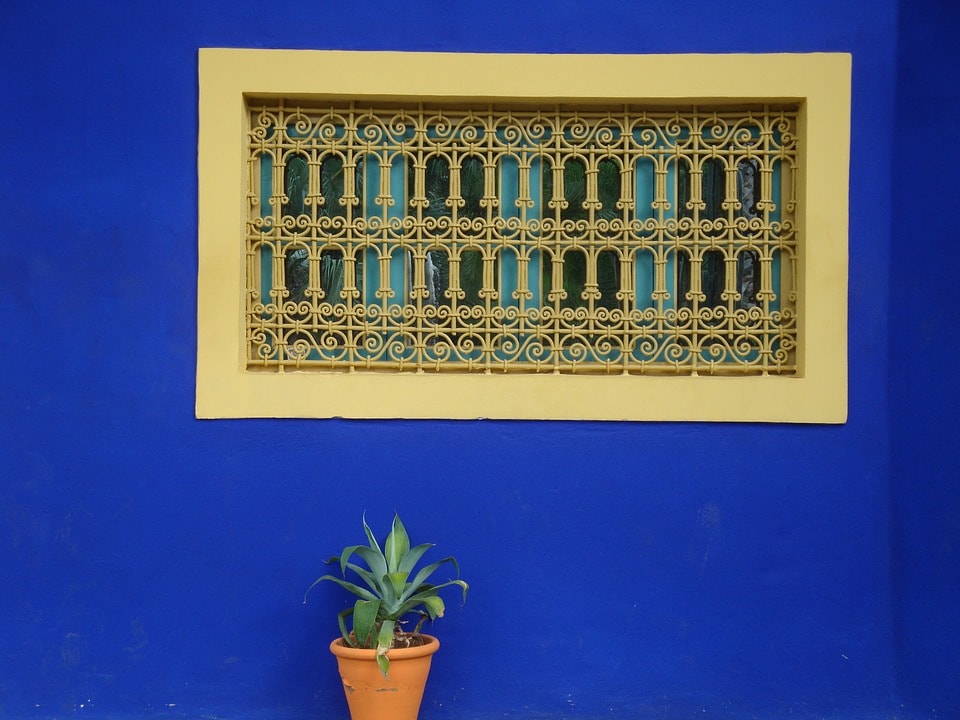
Discovering Lucca
Discovering Lucca
Italy, Lucca, Tuscany
Lucca is a charming Tuscan town enclosed by 16th-century walls. Despite its small size, the city offers countless sights of rare beauty. Here’s what to see in a day in the “city of 100 churches” and many towers.
Lucca is a true city of art. Its historic center, enclosed by high walls, hides hidden treasures and offers a warm embrace of brick houses, narrow streets, and lively views. Walking through the center feels like immersing yourself in an authentic, welcoming Italy where the human scale still prevails.
I had been dreaming of visiting Lucca for a long time, but its slightly secluded location always made it hard to include in my travel plans around Italy. Finally, a trip to southern Tuscany “forced” me to choose Lucca as a stopover. I arrived on a Saturday afternoon and left again by lunchtime on Sunday. Just a few hours were enough to fall in love with this town and, thanks to an off-season weekend, enjoy its timeless atmosphere.
Let me show you what to see in Lucca without missing the magical spots this city offers its visitors.
A Bit of History
Lucca is located in the Garfagnana area of Tuscany, between the Apuan Alps and the Apennines. The city was originally a Roman settlement, a mark still visible in its urban architecture. Over the centuries, Lucca became a Grand Duchy and even a Republic, adopting a medieval layout with its enclosing walls.
The Walls of Lucca
Lucca is surrounded by impressive fortifications that will make you feel as if you’ve stepped into another era. These walls date back to the 1500s and took almost 150 years to complete.
Fortunately, they were never used in battle, but they protected the city from a flood of the Serchio river in 1812.
The walls are 4 km long and are the only ones in Italy you can walk along entirely. Shaded by trees and offering views of the city and mountains, they’re a favorite spot for locals, especially in spring and summer.
The Botanical Garden
In the 19th century, Duchess Maria Luisa of Bourbon established Lucca’s Botanical Garden. Located on the walls, it now hosts various plant species, along with museums and libraries.
This peaceful oasis is perfect for a quiet break—perhaps at sunset—overlooking the golden skyline of the city walls.
Piazza dell’Anfiteatro
This oval-shaped piazza is Lucca’s most iconic landmark. The tightly packed houses follow the curve of the ancient Roman amphitheater that once stood here.
Entering this square feels like being embraced. The four small arches that allow entry give it a cozy, intimate atmosphere.
Locals have always used this piazza as a meeting point. In the Middle Ages, it was called “Parlascio” from the verb “parlare” (to talk). That tradition continues today, especially if you visit Lucca off-season for a more authentic experience.
Lucca Cathedral
It wouldn’t be the “city of 100 churches” without a visit to one of its religious landmarks.
The Cathedral of San Martino, or Lucca’s Duomo, features a unique asymmetrical façade. Built after the bell tower, it had to adapt its design to fit the structure.
Inside, you’ll find beautiful artworks like the Funeral Monument of Ilaria del Carretto, wife of Lucca’s ruler Paolo Guinigi, known for its lifelike representation.
The cathedral’s most sacred treasure is the Volto Santo, a crucifix said to represent the true likeness of Christ.
Fun Fact: On the cathedral’s right exterior wall, there’s a carved labyrinth. Legend says that death-row prisoners who could solve it on the first try were granted freedom.
San Michele Church
One of Lucca’s oldest churches, San Michele boasts a towering façade that extends far above its roof.
According to legend, the statue of Saint Michael slaying the dragon atop the church contains a diamond so large and bright that it can be seen shining at night.
Lucca and Its Many Towers
At its peak, Lucca had as many as 250 towers within its city center. Today, two remain iconic and offer incredible views.
Guinigi Tower
Standing 45 meters tall, this tower is crowned by a rooftop garden with massive holm oaks. Built by the Guinigi family, wealthy merchants of the 15th century, the trees symbolize rebirth under their rule.
The view from the top lets you peek into Lucca’s rooftops and winding alleyways.
Torre delle Ore
The highest tower in Lucca, its old clock still needs to be wound by hand! You can climb its 207 creaky wooden steps for a rewarding view.
What to Eat in Lucca
Lucca is art, culture, and nature—but no visit is complete without enjoying its delicious local food.
Whether in the Piazza dell’Anfiteatro or a side alley, Lucca’s cuisine won’t disappoint.
- First Courses: Try legume soups like zuppa frantoiana, topped with raw olive oil.
- Pasta: Don’t miss the tordelli, fresh pasta filled with meat, similar to ravioli.
- Main Dishes: Lucca’s cuisine combines hills and sea—choose between roasted cod with chickpeas or rovelline, breaded beef slices in tomato and caper sauce.
- Dessert: Try the city’s signature sweet: buccellato. A local saying goes, “If you haven’t tasted buccellato, you’ve never truly been to Lucca.”





